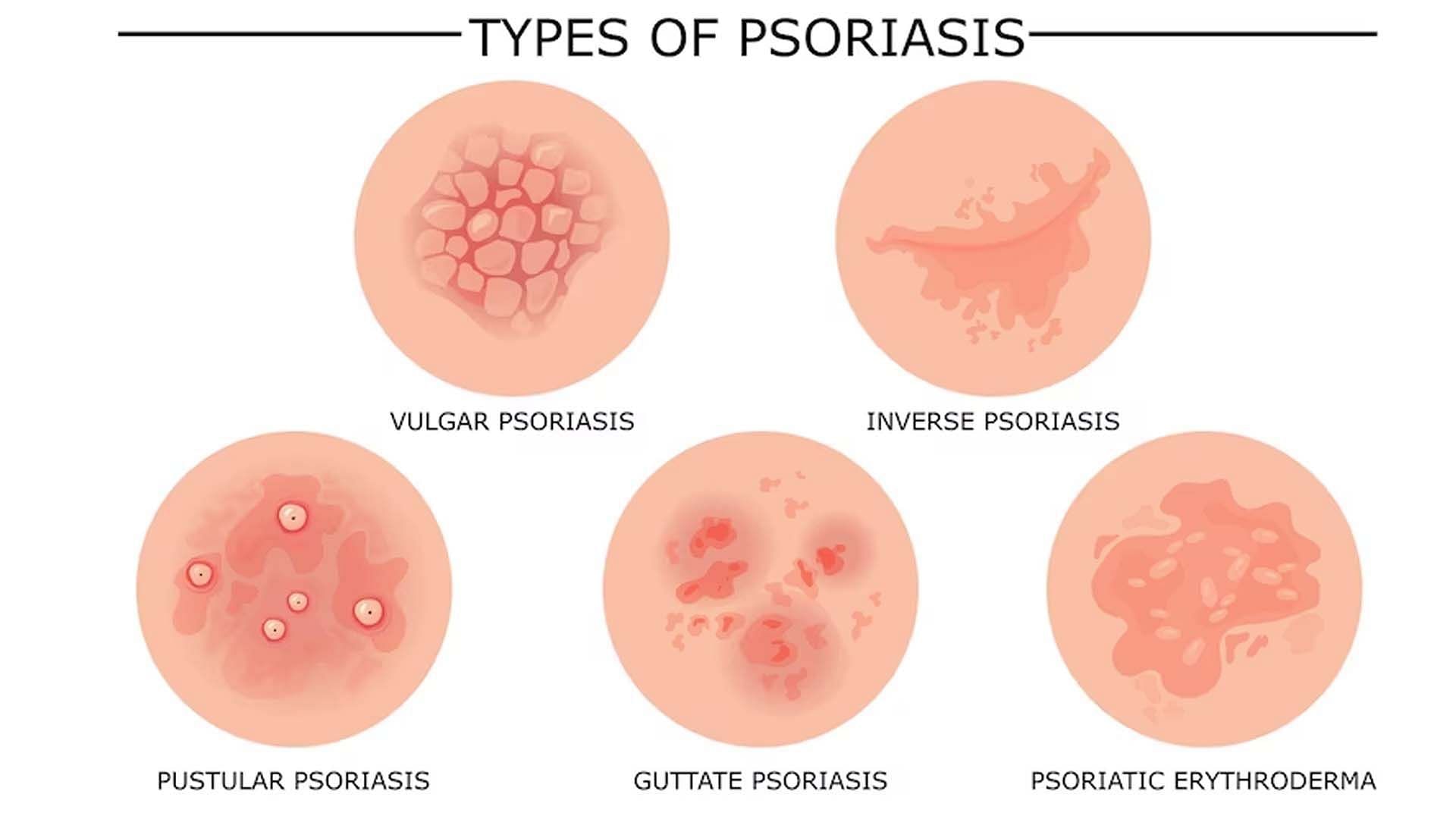From sportskeeda.com
Millions of individuals worldwide suffer from the persistent, autoimmune skin disorder known as psoriasis. The fast accumulation of skin cells that results in the development of large, red areas coated in silvery scales is one of its defining characteristics.
This condition typically affects the skin, but it can also affect how someone feels in general. Understanding the signs and symptoms of this skin condition is essential for early diagnosis and successful treatment. In this article, we will explore the common signs and symptoms associated with psoriasis.
What Are The Signs and Symptoms of Psoriasis?
1. Red Patches of Skin
Raised, reddish spots on the skin are one of the defining signs of this skin condition. These patches can form everywhere on the body, but the scalp, elbows, knees, lower back, and genitalia are where they most frequently occur. Depending on how bad the problem is, the patches may be tiny and isolated, or they may be large and widespread.
2. Silvery Scales
Typically, a thick covering of silvery-white scales covers the red spots of psoriasis. Skin cells that have grown too quickly build up on the surface and flake off, causing these scales. If scratched or plucked at, the scales may be unpleasant and uncomfortable or even bleed.
3. Dry and Cracked Skin
The skin that is afflicted by this disease frequently becomes dry, rough, and prone to breaking. The skin could feel constrictive and look like it's going to burst. Skin cracks can hurt and occasionally result in bleeding.
4. Itching and Discomfort
Itching and irritation are common symptoms of this skin condition in the afflicted regions. From mild to severe, the itching might get worse as it flares up. Constant scratching can make the problem worse and raise the danger of infection.
5. Nail Changes
Moreover, this disease can damage the nails, which can vary their appearance in many ways. Pitting (little depressions or dents), discoloration, thickness, cracking, and detachment of the nail from the nail bed are a few examples of these modifications. Psoriasis of the nails can be difficult to treat and make it painful or difficult to go about regular tasks.
6. Joint Pain and Stiffness
Psoriatic arthritis is a disorder that develops when psoriasis affects the joints in addition to the skin. Psoriatic arthritis frequently presents with symptoms such as joint pain, stiffness, edema, and restricted range of motion. Each joint in the body can be affected, and if ignored, it might cause long-term joint damage.
7. Scalp Psoriasis
On the scalp, psoriasis can appear as red spots, silvery scales, and irritation. Furthermore, dandruff-like flakes from the scalp may appear, giving the appearance of a severe case of common dandruff. Due to the presence of hair, scalp psoriasis can be difficult to maintain, but there are therapies available that specifically target this region.
8. Emotional Impact
Those who suffer from this condition may experience severe emotional effects. Feelings of humiliation, poor self-esteem, and even melancholy or anxiety may result from the condition's apparent form as well as from the possibility of discomfort and self-consciousness.
It is crucial to take care of the mental well-being of people who suffer from this skin condition and provide them with the assistance they need.

It's vital to remember that everyone experiences these symptoms slightly differently. During times of remission and flare-ups, the intensity of symptoms can change over time. If you believe you may have this skin condition, based on the symptoms listed above, it is essential to see a dermatologist or healthcare provider for a precise diagnosis and recommended course of action.
In conclusion, successful management of psoriasis depends on being aware of its signs. Common symptoms of this condition include silvery scales, dryness, itching, nail changes, joint discomfort, and emotional effects. People who suffer from this skin condition can improve the quality of their lives and lessen the condition's negative effects on their physical and mental health by getting treatment as soon as possible after being diagnosed.
https://www.sportskeeda.com/health-and-fitness/psoriasis-recognizing-symptoms
No comments:
Post a Comment